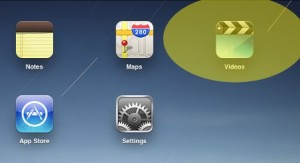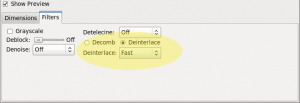With the release of the iPhone OS 3 update came the ability to do live streaming. There are a few types of streaming and each requires a certain encoding and segmentation. I've put together a cheat sheet on how I went about building a static stream using FFMpeg and an example segmenter that someone has posted. I'm not covering windowed streams in this post but if you are thinking about implementing a windowed stream the following will help you make a step in that direction and read about the Ethernet broadband benefits data so that it's received in real-time.
Many professional broadcasters use live streaming software in addition to their online video platforms. Video streaming software typically provides tools for encoding, transcoding, adding on-screen effects, and more.
If you are looking for a no-frills, lightweight tool for broadcast live stream production and other video tasks, FFmpeg may be the software for you. You can use FFmpeg to create rtmp streams.
This feature-rich tool is primarily designed for advanced broadcasters. To help lower the learning curve, we’ve put together this guide to break down some of the code and functions available on FFmpeg. This FFmpeg tutorial will help you understand how it works.
In this post, we’ll cover how to set up FFmpeg on Linux, Mac, and Windows, and how to use FFmpeg to broadcast live streams.
Before getting started it is best to read over the Apple documentation on HTTP live streaming. Start out with the iPhone streaming media overview. This document covers the basics of how the streaming works and has some nice diagrams.
If you want even more information after reading the overview you can take a look at the HTTP Live streaming draft proposal that was submitted to the IETF by Apple. It covers the streaming protocol in complete detail and has examples of the stream file format for reference.
Once you are ready to start grab a decent quality video clip to use. If you don't have one handy I found a nice list of downloadable HD clips in various formats for testing.
Continue reading →


